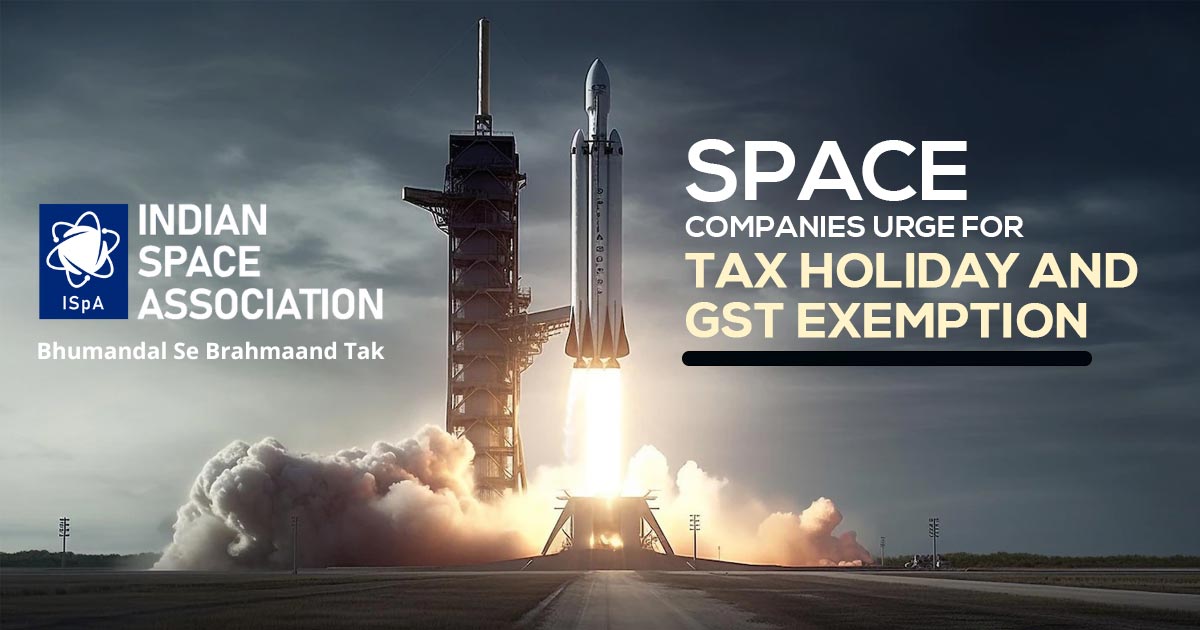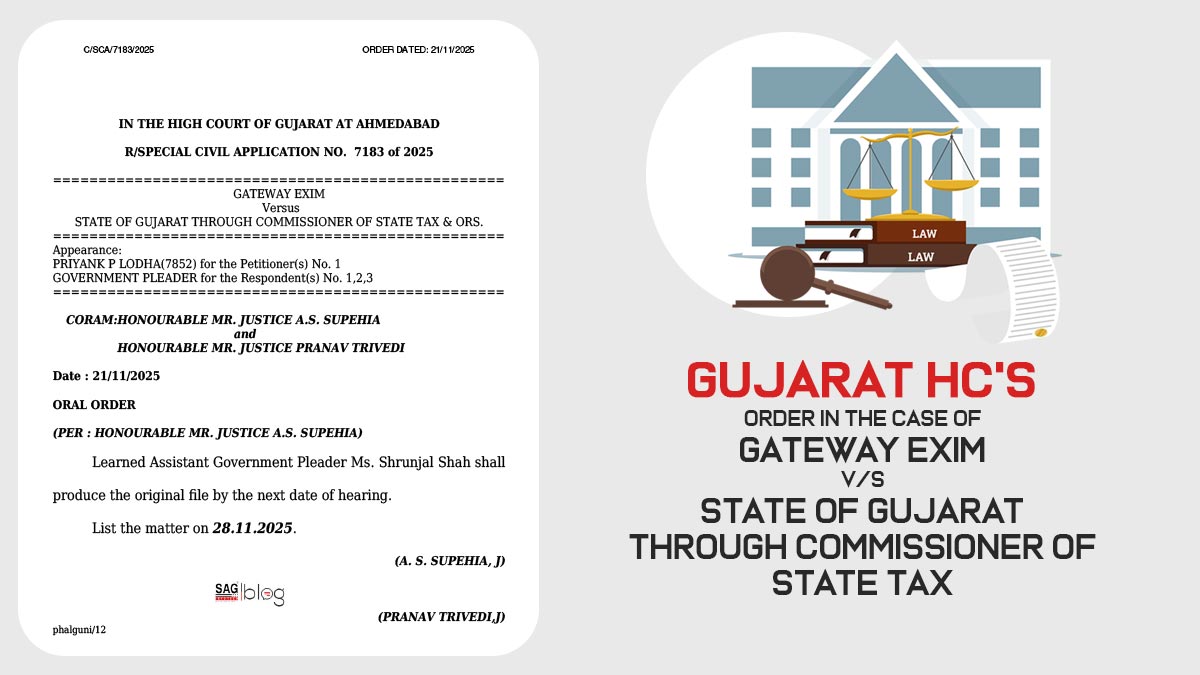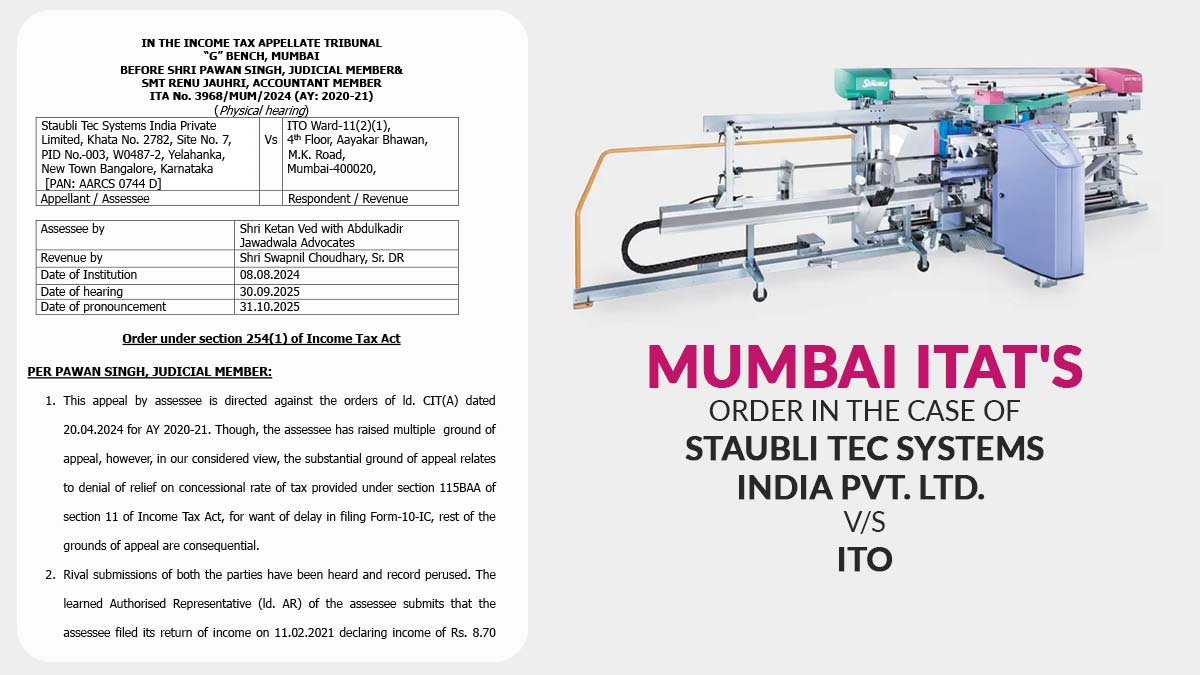
Indian Space Association (ISPA) asks for the GST exemption for the satellite firms and provides the tax holiday in the union Budget 2024-25 with a direction on improving the financials of the industry.
“Extend the GST exemption to cover the manufacturing of satellites, launch vehicles, and ground equipment, along with a corresponding exemption on the procurement of essential inputs. Grant tax holidays and exemptions to companies in the space sector, and offer concessions on customs duties for specified imports”, as outlined in a statement by the industry group.
The group, headquartered in Delhi, further emphasized the need for clarity on the foreign direct investment (FDI) policy in the space sector. They called for the implementation of a production-linked incentive (PLI) scheme for space-grade components and advocated for the integration of space Companies’ technology solutions in areas such as agriculture and disaster management.
Additionally, the industry group urged for a reduction in the tax rate to 5% on external commercial borrowings, accompanied by a capital subsidy on infrastructure investments.
“To advance this auspicious industry and foster innovation, the government must establish a comprehensive regulatory framework and tackle existing fiscal and taxation challenges,” stated Lt. Gen. AK Bhatt, Director General of ISPA.
Bhatt went on to emphasize that the government should seriously consider their recommendations to incentivize the expansion of private space enterprises.
“By harnessing the momentum facilitated by the government and its forward-thinking policies, these enterprises have the potential to deliver substantial socio-economic benefits to the nation.”
Recommended: How Artificial Intelligence is Transforming & Upgrading Accounting?
ISPA additionally stated that while the 10-year strategy outlined by IN-SPACe anticipates substantial growth, implementing the recommendations could lead to the adoption of space technology applications and cost-cutting measures to enhance manufacturing, ultimately aiding in reaching the $44 billion target by 2033.








